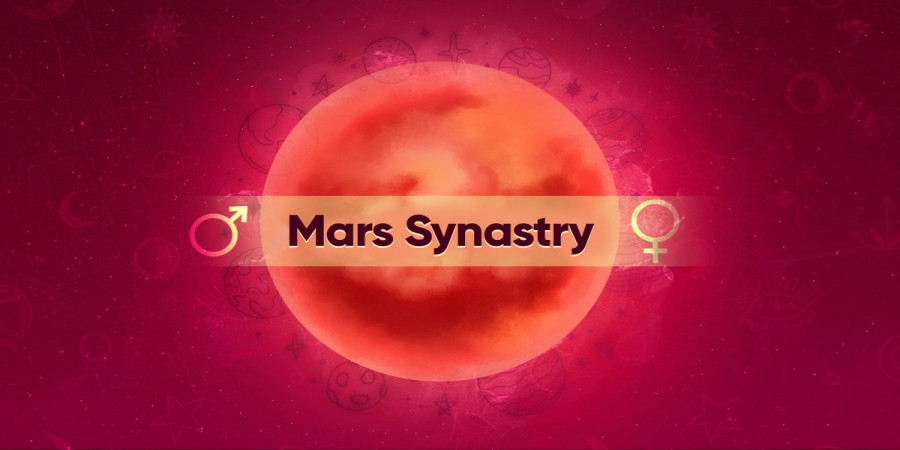

Understanding Storage Dynamics: Do Google Drive Files Take Up Space on My Hard Drive?
In the realm of digital storage, Google Drive stands out as a popular choice for individuals and businesses seeking flexible and accessible cloud storage solutions. With its seamless file synchronization and collaboration features, Google Drive offers users the convenience of accessing their files from anywhere, on any device. However, a common question that arises among users is: Do Google Drive files take up space on my hard drive? In this article, we delve into the intricacies of Google Drive's storage dynamics, shedding light on how files are managed and stored on both the cloud and local hard drives.
Understanding Google Drive's File Storage Model:
Google Drive operates on a hybrid file storage model, combining elements of both cloud-based and local storage. When files are uploaded to Google Drive, they are stored on Google's remote servers in the cloud. This allows users to access their files from any internet-connected device, without the need for physical storage hardware.
However, Google Drive also employs a synchronization mechanism that mirrors files stored in the cloud to a designated folder on the user's local hard drive. This folder, known as the "Google Drive folder," acts as a local cache or replica of the user's files, enabling offline access and seamless file management.
Do Google Drive Files Take Up Space on My Hard Drive?
While Google Drive files are primarily stored in the cloud, the synchronized copies stored in the Google Drive folder on your local hard drive do occupy space. This means that, yes, Google Drive files do take up space on your hard drive, albeit indirectly.
The amount of space consumed by Google Drive files on your hard drive depends on several factors, including:
-
File Synchronization Settings: Google Drive allows users to choose which files and folders to synchronize with their local hard drive. By default, all files and folders stored in Google Drive are synchronized, but users can customize synchronization settings to exclude specific files or folders if desired.
-
File Size and Quantity: The total amount of space occupied by Google Drive files on your hard drive depends on the size and quantity of files stored in your Google Drive account. Larger files and a greater number of files will consume more space on your hard drive.
-
Local Cache Management: Google Drive employs caching mechanisms to optimize file synchronization and access. The local cache stores recently accessed files and metadata, facilitating faster access and reducing the need to re-download files from the cloud. However, this cache can consume additional space on your hard drive.
Managing Google Drive Storage on Your Hard Drive:
To manage the space occupied by Google Drive files on your hard drive, consider the following strategies:
-
Selective Synchronization: Customize synchronization settings to exclude unnecessary files or folders from being synchronized with your local hard drive. This can help conserve space and prioritize storage for essential files.
-
Clearing Cache: Periodically clearing the local cache of your Google Drive folder can free up space on your hard drive. Google Drive provides options to clear the cache manually or automatically based on specified criteria.
-
Monitoring Storage Usage: Keep track of your Google Drive storage usage and regularly review files to identify and delete unnecessary or redundant files. This helps prevent storage bloat and ensures optimal use of available space on both the cloud and your hard drive.
Conclusion:
In conclusion, Google Drive files do take up space on your hard drive, albeit indirectly through the synchronized copies stored in the Google Drive folder. Understanding how Google Drive manages file synchronization and local storage can help users make informed decisions about managing their storage space effectively.
By leveraging selective synchronization, clearing cache, and monitoring storage usage, users can optimize the space occupied by Google Drive files on their hard drives, ensuring a seamless and efficient storage experience across both the cloud and local storage environments.
Popular articles

Apr 11, 2024 07:40 PM

May 25, 2024 08:09 PM

Apr 11, 2024 07:22 PM

Apr 10, 2024 07:59 PM

Mar 14, 2024 07:53 PM
Comments (0)